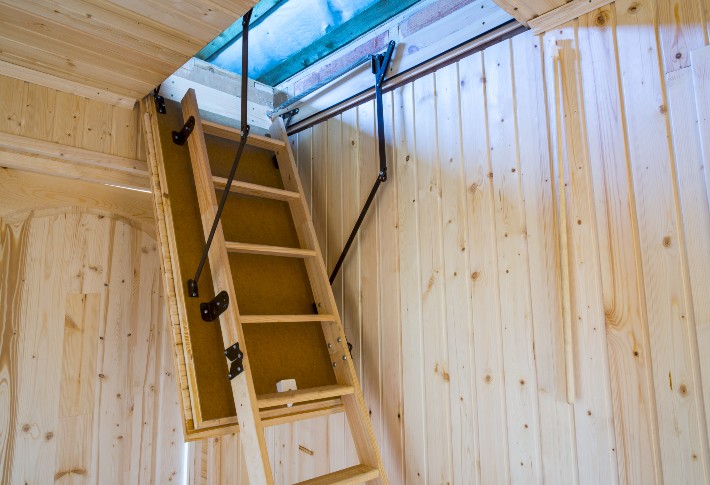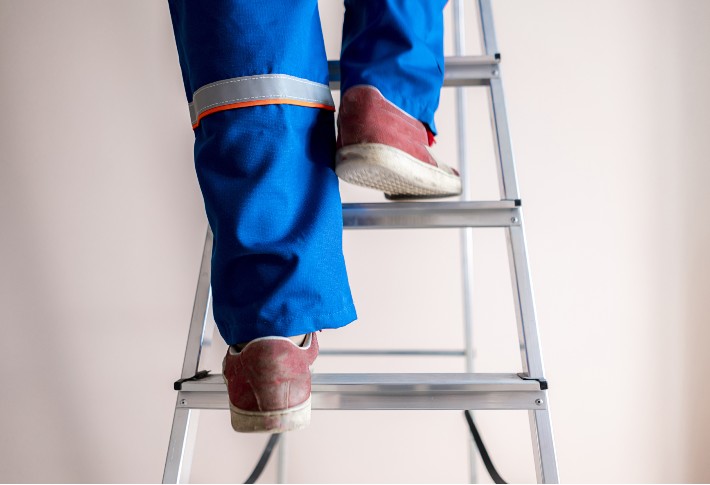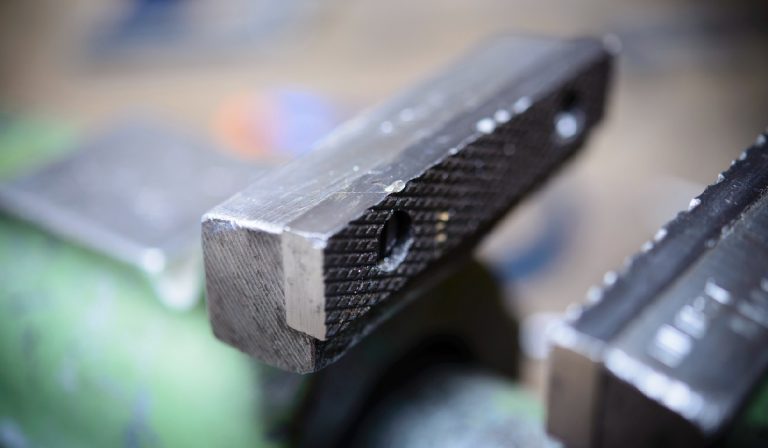How To Choosing the Right Ladder for Your Next Project

Ladders come in many shapes and sizes, and you must choose the right ladder for the job. Choosing the incorrect ladder can delay your project and it can be dangerous. Whether you’re working on a home improvement project or just doing some spring cleaning, you need a ladder that’s stable and secure. That’s where this blog post comes in. We’ll detail everything you need to know about ladders so you can choose the right one for your next project. We’ll also review specialty ladders and care instructions, so you can ensure your ladder will last for years to come.
Understanding Ladder Heights
Above all else, the height of the ladder needs to be appropriate for the task at hand. If it is too short, you risk dangerous situations from having to overreach to complete the job. If it is too tall, you could lose your balance and cause damage or injury to something underneath the ladder.
There are several types of ladders available on the market in various sizes and heights that accommodate your tasks and needs. Step stools are usually a few feet tall and are used for small tasks, such as reaching the top shelf of a closet or retrieving something off a high cabinet. Stepladders are a little taller and are used for basic tasks, including painting walls, changing light bulbs, or hanging curtains.
Extension ladders can be almost 20 feet tall, depending on the job at hand, and are suited for window cleaning or trimming trees. When using an extension ladder, it is critical to use a secure anchor point that can handle the weight of the person on the ladder and its weight.
Understanding Ladder Weight Capacities
In addition to understanding ladder heights, it is important to consider the weight capacity when selecting a ladder for your next project. Most ladders have their load capacities clearly stated on their labels, so remember to check this before making your purchase. Once you understand the weight capacity of your chosen ladder, be sure not to exceed this limit when using it.
Specialty Ladders
In certain situations, specialty ladders may be needed to complete specific tasks safely and efficiently. If you need to work at a high angle, such as on a roof, then special roofing ladders should be used to provide added stability while working on an inclined surface. These types of ladders also allow you access over flat surfaces thanks to their adjustable legs and safety grip support bars which many other ladders lack. Other specialty ladders may include trestle and single-rail scaffolding ladders, which can support two people and are great for painting jobs that require more than one person to complete them.
Safety and Care
Safety should always be a priority when using any type of ladder, so make sure you inspect it before each use. Look out for cracked steps, broken rungs, damaged locks, or worn hinges, which could cause a malfunction that results in an injury while working with your ladder. When storing your ladder, make sure to store it away from moisture, as this could cause rust and damage over time and reduce its lifespan.
Conclusion
Choosing the right ladder for your project is an important decision that will make all the difference in how safe and efficient your project is. Now that you understand how to choose the right ladder for your next project and some key considerations from height to weight capacity, you’re ready to embark on your next project with confidence.



